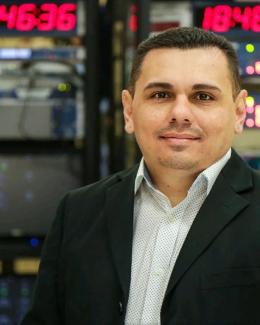Abstract
Electrical utilities continue to deploy more intelligent electronic devices (IEDs) inside and outside electrical substation and are associated with distributed energy resources (DERs). The integrity and confidentiality of data from IEDs is crucial, and distributed ledger technology (DLT) could improve the resilience of microgrids by helping to make these data more secure. The most popular applications using blockchain technology for electrical utilities is in the field is based on energy trading. However, the dynamism of the penetration of customer owned DERs and the deployment of sensors with IEDs have led to the identification of new applications using DLT that are focused on other areas, such as monitoring, operation and management of the grid and its assets. In addition, the majority of studies on electrical grid applications with blockchain were validated with software simulations. Although general monitoring of power systems for using DLT could be evaluated in operational electric grids, other DLT research applications such as defense against cyber-attacks and/or electrical fault detection are not likely to be performed in a real infrastructure because of possible risks to the network/equipment security.
This report summarizes the application of power system applications using distributed ledger technology (DLT), providing a secure DLT framework for collecting data from IEDs like power meters and protective relays inside and outside of an electrical substation and/or between two different electrical utilities. In this study, the use case scenarios were created and assessed for different power system application by using DLT. The electrical fault detection for faulted phases (1), power quality monitoring of phase voltage magnitudes, frequency levels and load power factor (2), DERs use case monitoring (3), and cyber-event applications (4) were performed in a test bed with a Cyber-Grid Guard (CGG) system using DLT. It had a real-time simulator with power meters and protective relays in-the-loop. The first section of this report presents a literature review of power system applications using blockchain at research level. The second section shows the theory and equations used on this report. The third section shows the description of the test bed, equipment, architecture, and electrical grid diagrams. The fourth section shows the experimental models and use case scenarios that were performed for the electrical fault detection, power quality, DERs use case, and cyber event applications with the CGG system using DLT. The fifth section shows the results collected from the tests based on comparing the time stamped events of the analog signals from the IEDs, DLT computer and real time simulator. The sixth section performed the discussion of the results for the use case scenarios. Finally, the conclusions for this report were presented.




